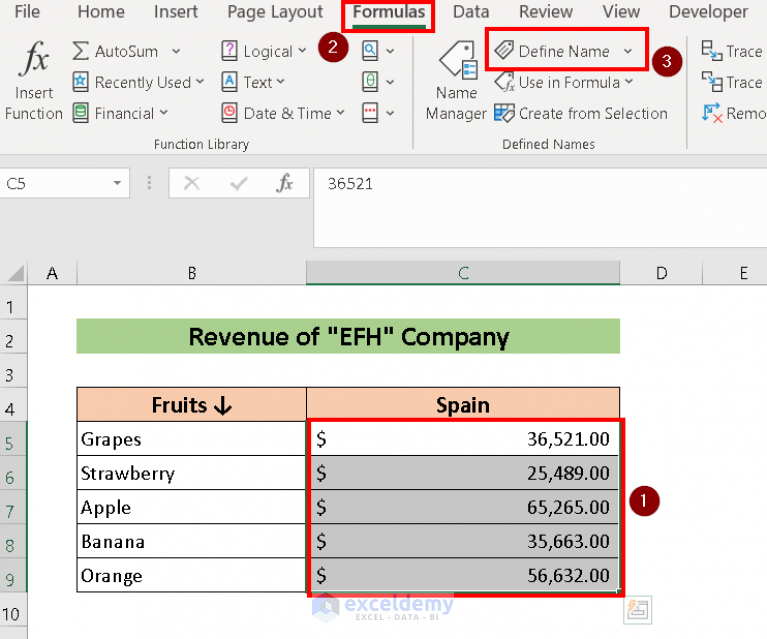5 Easy Ways to Link Sheets in Excel

In today's data-driven world, Excel remains a stalwart tool for organizing, analyzing, and managing data across various fields. From finance to engineering, educational institutions to small businesses, Excel’s capabilities are universally appreciated. One of its most useful features for managing large datasets or complex projects is the ability to link sheets. Linking sheets in Excel not only enhances productivity but also ensures data consistency and reduces the likelihood of errors. Here, we explore five straightforward methods to link sheets within an Excel workbook or across different workbooks.
1. Using Excel Formulas for Simple Links

The simplest way to link data from one sheet to another is through Excel formulas. Here’s how you can do it:
- Select the cell where you want the linked data to appear.
- Enter an equal sign (=).
- Navigate to the sheet with the source data, click the cell you want to reference, and press Enter.
This creates a formula like =Sheet2!A1, which pulls the data from cell A1 in Sheet2 into the selected cell on the current sheet. This method is great for simple links where you're referencing a single cell.
Advantages of Excel Formulas for Linking Sheets:

- Immediate Updates: Changes made to the source cell automatically update on the destination sheet.
- Simple Setup: Easy to set up with basic Excel knowledge.
2. Creating Dynamic Named Ranges

For more dynamic data integration, named ranges can be particularly useful. Here’s how you can set this up:
- Go to
Formulas>Define Nameto create a named range. - Refer this named range to a specific data set in your workbook.
- In another sheet, use this named range in your formulas for consistency and ease of reference.
This approach ensures that if you expand or modify the dataset, the linked data will automatically adjust.
📝 Note: Named ranges are particularly helpful in dynamic data scenarios where the range size might change.
3. Hyperlinks for Workbook Navigation

Hyperlinks provide an intuitive way to move between different sheets or even workbooks:
- Right-click on the cell where you want to place the hyperlink.
- Choose
Link>Insert Hyperlink. - Select
Place in This DocumentorExisting File or Web Pagefor external workbooks, and then choose the destination sheet or workbook.
Hyperlinks enhance usability by allowing users to quickly navigate between different data sets or related workbooks.
4. Using the INDIRECT Function for Flexible Links

When you need a more adaptable method for linking, the INDIRECT function comes into play. It allows you to construct references by concatenating cell values, sheet names, and even workbook names dynamically. Here’s how it works:
=INDIRECT(“‘Sheet1’!A1”)
This formula will return the value of cell A1 from Sheet1. By using variables in place of 'Sheet1' or 'A1', you can make the links more flexible and adaptable to changes in workbook structure.
Advantages of Using INDIRECT:

- Dynamic References: Links adjust automatically if sheet names or locations change.
- Data Integration: Useful when merging data from various sources with unknown or changing data formats.
5. Using VBA Macros for Advanced Linking

For the most complex linking scenarios, Visual Basic for Applications (VBA) macros offer unparalleled flexibility:
- Open the Visual Basic Editor with
Alt + F11. - Insert a new module and write a VBA script to link or consolidate data between sheets or workbooks.
VBA can automate tasks like:
- Syncing data across multiple sheets based on certain conditions.
- Creating dynamic links that react to user input or changes in the workbook's data structure.
- Automating the process of refreshing external data links.
💡 Note: VBA macros require knowledge of basic programming concepts but provide immense power for managing complex data scenarios.
By leveraging these methods, you can significantly streamline your workflow, enhance data integrity, and make your Excel workbooks more dynamic and interactive. Each method has its advantages, depending on the complexity of the task at hand:
- Formulas: For straightforward, static data references.
- Named Ranges: For data sets that change size or structure.
- Hyperlinks: For easy navigation within and between workbooks.
- INDIRECT: For complex, adaptable references.
- VBA: For automation and advanced control over data linking.
In summary, mastering the art of linking sheets in Excel can dramatically improve your efficiency and accuracy in data management. Whether you're working on a simple task or managing complex projects, understanding how to effectively link data will give you a significant advantage in utilizing Excel to its full potential. Explore these techniques, adapt them to your needs, and transform the way you work with data in Excel.
What is the difference between a formula link and a hyperlink?

+
Formula links are used to display or calculate data from one sheet in another, automatically updating as the source data changes. Hyperlinks, on the other hand, allow for navigation to different locations within a workbook or to external documents or web pages without transferring data.
Can I link data between different Excel files?

+
Yes, Excel allows you to link data between different workbooks using external references or hyperlinks. However, ensure that both files remain accessible to keep the links working.
How do I manage broken links in Excel?

+
If you encounter broken links, you can fix them by updating the link to the correct source or, if the source data is no longer available, you can break the link and enter the data manually.
Why might I prefer named ranges over simple cell references?

+
Named ranges offer dynamic references which adjust when data expands or contracts, reducing the risk of errors in data reference due to changes in dataset size.